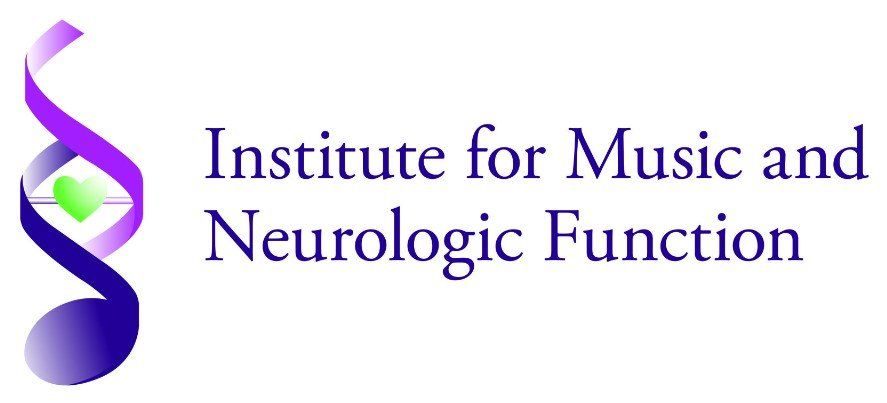The Institute for Music and Neurologic Function (IMNF) is committed to advancing research and education in music therapy, supporting external research initiatives, and actively pursuing grants to explore the intersections of music, neuroscience, and neurological function.

Current Research
Auditory Cueing of Pre-Learned Skills and Role of Subcortical Information Processing to Maximize Rehabilitative Outcomes Bridging Science and Music-Based Interventions
Auditory entrainment of motor function is a fundamental tool in neurologic music therapy with many studies demonstrating improved clinical outcomes in people with movement disorders such as Parkinson's Disease, acquired brain injuries, and stroke. However, the specific mechanisms of action within neural networks and cortical regions that are aroused and influenced by auditory entrainment still need to be identified. This paper draws from some contemporary neuroscience studies that indicate the role of the cerebellum and other subcortical systems in modulating pre-learned motor schema and proposes a possible rationale for the success of auditory entrainment within neurologic music therapy.
Click here to read more.
Music Therapy in Geriatrics
The World Health Organization (WHO) reports that the population of people living in the world who are over 60 years of age will almost double between 2015 and 2050, going from 12% of the world's inhabitants to 22%. WHO points out that by 2020, the number of people over 60 will be in excess of the number who are younger than 5 years old. Meanwhile, those over the age of 85 will continue to increase drastically. Projections estimate that the number of people of advanced age, beyond 80 years, will increase from 1950 to 2050 by 26% (1).
Music Therapy in Geriatrics II
The World Health Organization (WHO) has called attention to the escalating evolution of the aging population such that the number of people over 60 years of age will almost double between 2015 and 2050, representing a change of 12%−22% of the global population. WHO has reported that in the year 2020, the number of people in the world over 60 exceeded the number of people under 5. In response, the United Nations Decade of Healthy Aging (2021–2030) has brought with it an international plan of action, in conjunction with the United Nations Agenda 2030 on Sustainable Development and the Sustainable Development Goals (1). This strategy emphasizes a positive approach to community development that nurtures the abilities of older adults, provides services that address their needs, modifies attitudes of ageism, and promotes accessibility to long-term care, while narrowing gaps of health disparities.


